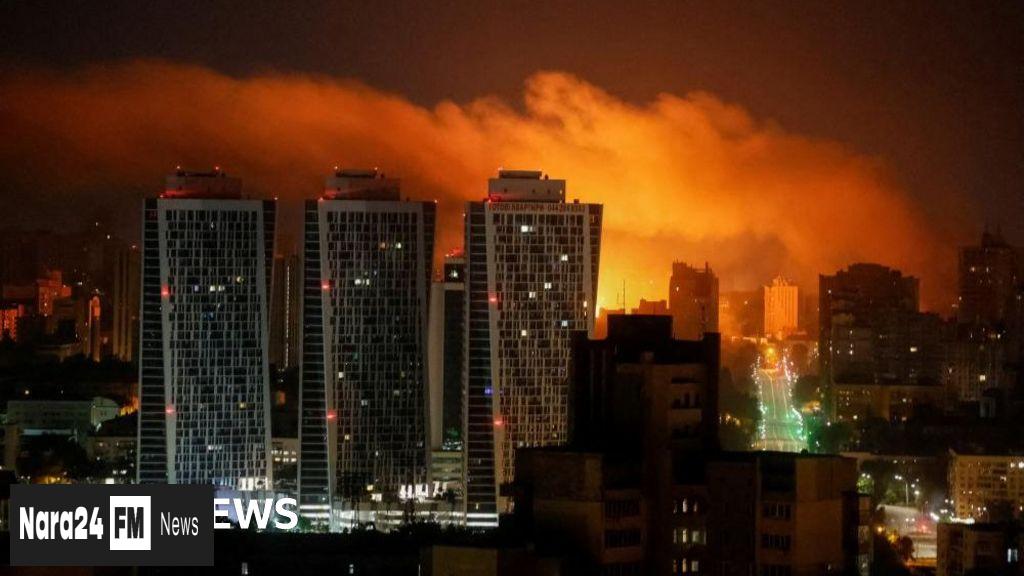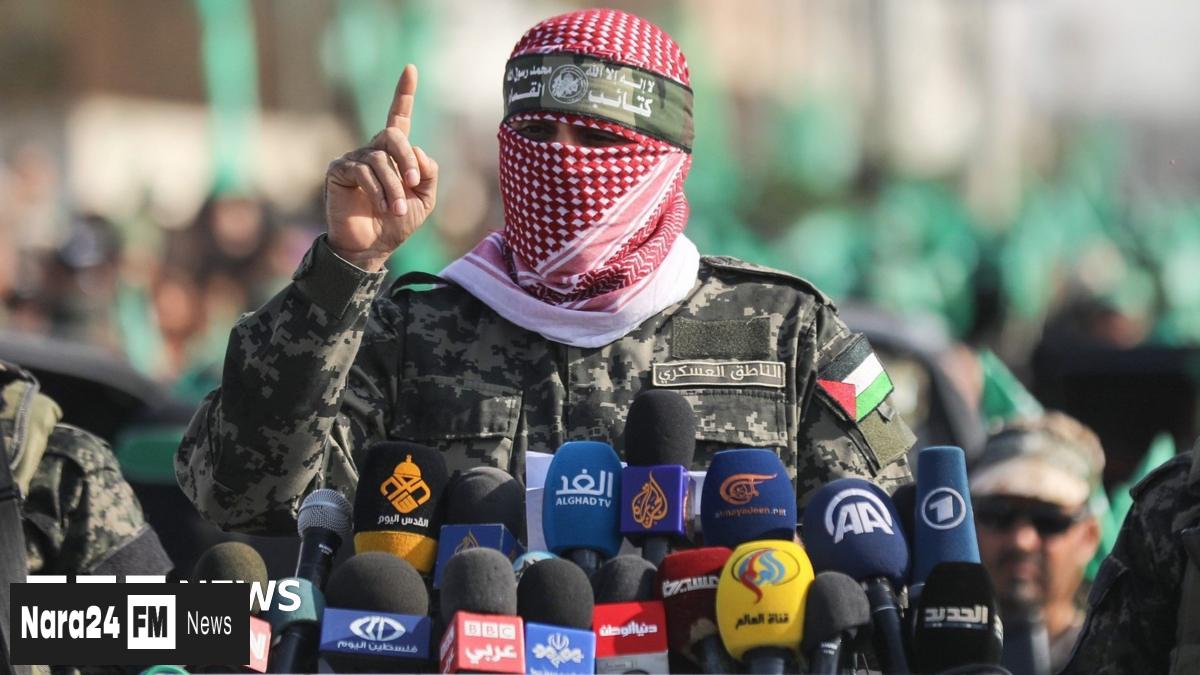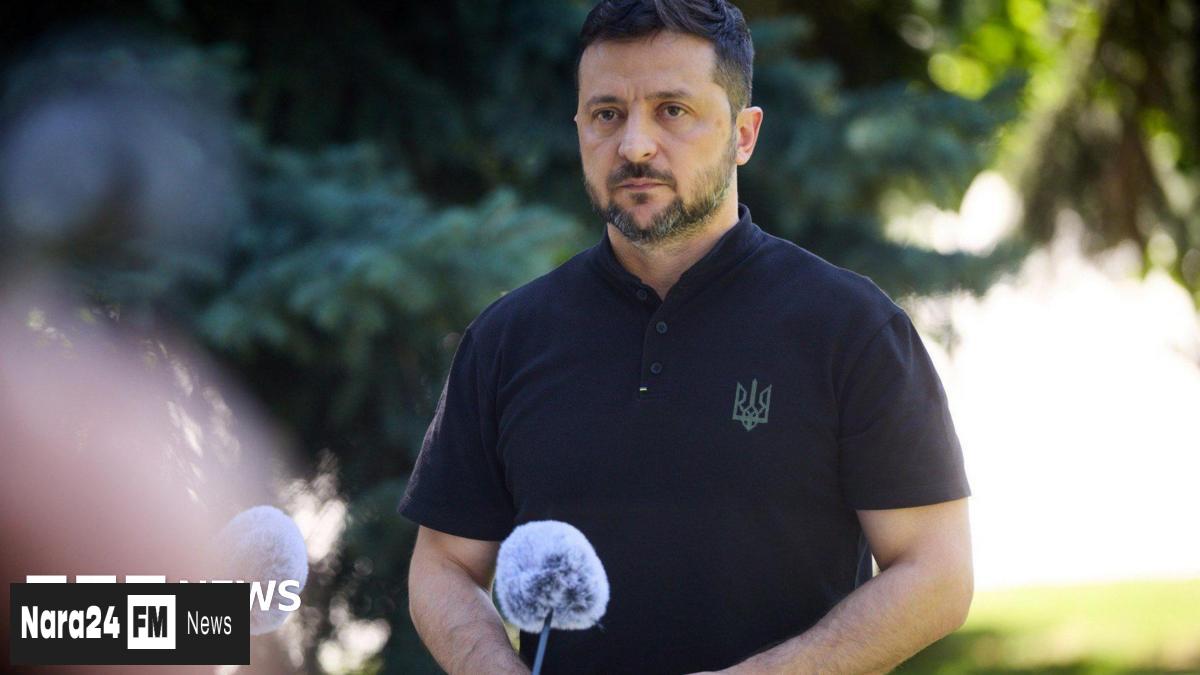In This Article
- Increased Drone and Missile Attacks in Kyiv
- Impact on Kyiv Residents and Morale
- Evolution of Shahed Drones and Their Increased Capabilities
- Tracking the Increase in Drone and Missile Strikes
- Concerns for Future Attacks and Solutions
In a chilling escalation, the city of Kyiv has been the recent target of immense, coordinated drone and missile assaults, leaving citizens living in a state of constant fear. Over the past few months, these attacks have become a recurring terror for the resilient residents of Kyiv and other Ukrainian cities.
The sound of swarming drones, reminiscent of the German World War Two Stuka aircraft, has sent many back to bomb shelters for the first time since the early days of the war. As Katya, a resident of Kyiv, shared after the heavy bombardment last night, "The house shook like it was made of paper. We spent the entire night sitting in the bathroom."
Similarly, Svitlana, another resident, spoke of her experience in a parking lot, "The building shook, and I could see fires across the river." These attacks, while not always resulting in casualties, are causing widespread fear and eroding morale among the people of Kyiv.
A shocked grandmother, Mariia, recounted her 11-year-old grandson's revelation of understanding death's meaning for the first time, following an attack on a residential block in Kyiv last week. The UN's Human Rights Monitoring Mission in Ukraine (HRMMU) reported that June saw the highest monthly civilian casualties in three years, with 232 people killed and over 1,300 injured.
The modified Shahed drones, initially a novelty three years ago, have significantly increased their range and payload, allowing them to fly higher and descend on their targets from greater altitudes. They can now travel up to 2,500km and carry a more deadly payload of 90kg, compared to the initial 50kg.
Tracking maps produced by local experts show an increase in the number of Shahed drones, with some taking circuitous routes across Ukraine before homing in on their targets. Approximately half of these drones are decoys, designed to confuse and overwhelm Ukraine's air defenses. The rest, taking more direct routes, are ballistic or cruise missiles, inflicting significant damage.
Data from the Washington-based Institute for the Study of War shows an increase in Russia's drone and missile strikes in the two months following Donald Trump's inauguration in January. March saw a slight decline, with occasional spikes, until May, when the numbers suddenly rose dramatically. Since then, new records have been set with alarming regularity. In June, a record-breaking 5,429 drones were launched, and July has already seen more than 2,000 in just the first nine days.
As production in Russia ramps up, reports suggest Moscow may soon be capable of launching over 1,000 missiles and drones in a single night. Experts in Kyiv warn that Ukraine may face significant problems in handling these attacks in 2025 if a solution is not found.
Ivan Stupak, a former intelligence officer, expressed concern, stating, "If Ukraine doesn't find a solution for how to deal with these drones, we will face great problems during 2025." He added, "Some of these drones are trying to reach military objects - we have to understand it - but the rest, they are destroying apartments, falling into office buildings, and causing lots of damage to citizens."
Despite their lack of sophistication, these drones represent a significant disparity in resources between Russia and Ukraine, neatly illustrating the maxim, attributed to the Soviet Union's World War Two leader Joseph Stalin, that "quantity has a quality of its own."
Serhii Kuzan, of the Kyiv-based Ukrainian Security and Cooperation Centre, explained, "When production of particular missiles became too complicated - too expensive, too many components, too many complicated supply routes - they concentrated on this particular type of drone and developed different modifications and improvements."
As a result, the more drones in a single attack, the more Ukraine's hard-pressed air defense units struggle to shoot them down. This forces Kyiv to rely on its precious supply of jets and air-to-air missiles to defend the skies.
President Zelensky has continually appealed to Ukraine's allies to provide more support in protecting its skies, not just with Patriot missiles but with a wide array of other systems as well. On Thursday, the British government announced it would sign a defense agreement with Ukraine to provide more than 5,000 air defense missiles.
Kyiv will undoubtedly be looking for many more such deals in the coming months.








Comments (0)
Leave a Comment
Be the first to comment on this article!